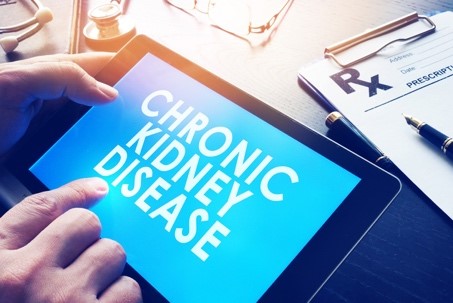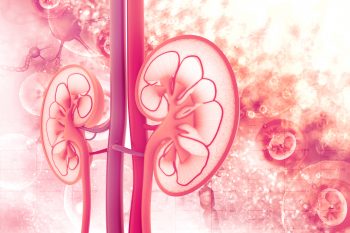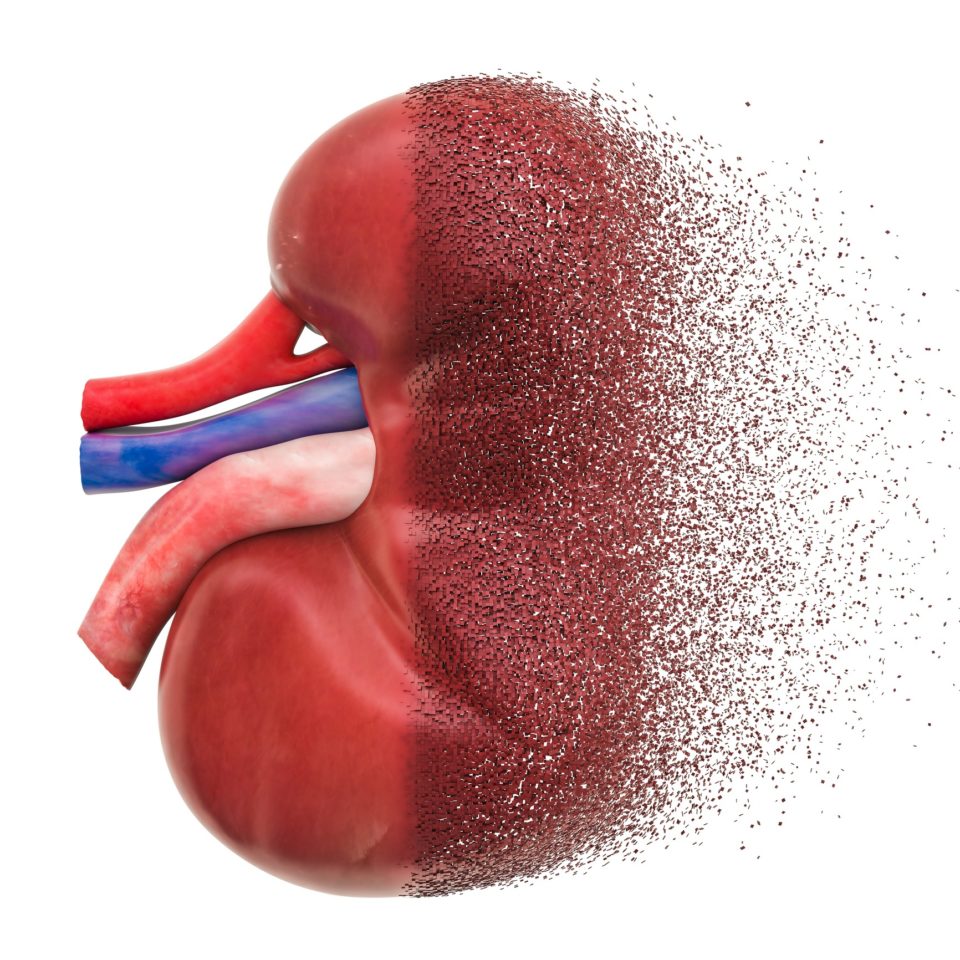
Worldwide, the prevalence of chronic kidney disease (CKD) is on the rise. In the United States, approximately 15% of the population is affected by CKD. Patients with CKD often have comorbidities complicating their condition. Complications associated with CKD are common and represent an important component in the associated disease burden. Eirini Palaka, MSc, and colleagues conducted a study that sought to synthesize evidence reporting associations between two common complications of CKD, hyperkalemia and anemia, and the risk of adverse outcomes, including death and cardiovascular events.
The researchers developed a novel risk tool to encourage a holistic approach to evaluating the disease burden of CKD complicated by hyperkalemia or anemia. Results of the study evaluating the tool were reported during a poster session at Kidney Week 2019 in a poster titled Clinical Burden of Complications Associated with CKD: A Novel Cardio-Renal Risk Tool.
Studies reporting risk of either hyperkalemia or anemia in patients with CKD, including those receiving hemodialysis, were identified using systematic literature review. The review also included studies associating the incidence of hyperkalemia or anemia with clinical outcomes, including mortality, hospitalization, and cardiovascular events. To characterize the risk of hyperkalemia, anemia, and associated adverse outcomes in patients with CKD, the reported evidence was then incorporated in a Cardio-Renal Risk Awareness and Impact Tool developed in Excel.
The review identified a total of 314 studies that reported the risk of hyperkalemia (n=123) or anemia (n=191), or the association between each complication and patient outcomes. Among male patients ≥65 years of age with CKD stage 3b, the estimated 5-year risk of an hyperkalemia event, defined as potassium ≥5.5 mmol/L, was 11.9%. Separately, the prevalence of anemia, defined as Hb <11 g/dL, was 35.0%.
For a patient with hyperkalemia, the estimated relative risks of death, hospitalization, and cardiovascular events were 1.50, 1.20, and 1.08, respectively. For a patient with anemia, the corresponding relative risks were 1.13, 1.47, and 1.12.
In addition, the estimated relative risks increased with the severity of each complication. For a patient with potassium ≥6.0 mmol/L, the relative risks of death, hospitalization, and cardiovascular events were 2.19, 1.73, and 1.14, respectively. For a patient with Hb ≤10 g/dL, the corresponding relative risks were 1.13, 1.72, and 1.24.
In conclusion, the authors said, “Hyperkalemia and anemia are both consistently and independently associated with increased risk of adverse outcomes in CKD patients. This study uniquely synthesizes the growing body of evidence on the epidemiology and impact of complications such as hyperkalemia and anemia in CKD patients. This novel risk tool can be used to communicate the importance of timely diagnosis and management of these conditions to reduce the burden of disease in this population.”
Source: Palaka E, Darlington OT, McEwan P, Grandy S. Clinical burden of complications associated with CKD: A novel cardio-renal risk tool. Abstract of a poster presented at the American Society of Nephrology Kidney Week 2019 (Abstract SA-PO930), November 9, 2019, Washington, DC.
Funding for this study was provided by AstraZeneca.






 © 2025 Mashup Media, LLC, a Formedics Property. All Rights Reserved.
© 2025 Mashup Media, LLC, a Formedics Property. All Rights Reserved.